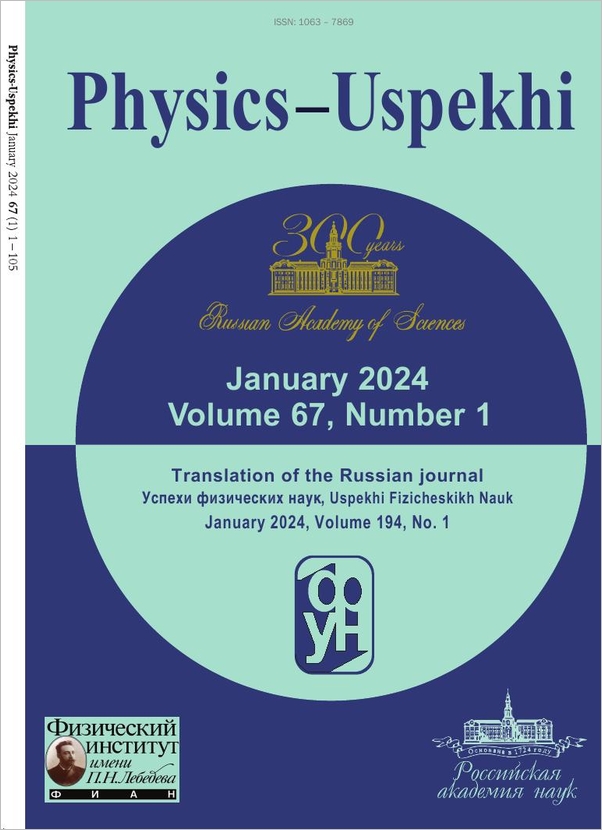|
This article is cited in 32 scientific papers (total in 32 papers)
REVIEWS OF TOPICAL PROBLEMS
The development of physical ideas concerning the interaction of plasma flows and electrostatic fields in dusty plasmas
V. N. Tsytovich
A. M. Prokhorov General Physics Institute, Russian Academy of Sciences
Abstract:
The concept of the interaction of an electrostatic field and plasma flows in а dusty plasma is reviewed. This approach helps to describe many aspects of dusty plasma physics. Of basic importance in this context are processes that plasma flows introduce into interactions between dust particles. Fluctuations in plasma flows, together with those in electrostatic fields, considerably modify these interactions, with the result that like-charged particles that are far apart start attracting one another, possibly leading to their pairing. Knowledge about the attraction between distant particles is traced from the early work of 1963 through modification and improvement to its present level, when it has become possible to qualitatively estimate the parameters of the dusty plasma — dust crystal transition, and to obtain the values for the coupling constant, dust particle separations, and the transition temperature consistent with observations. The self-energy of dust particles, exceeding both their kinetic energy and interaction energy, is discussed in terms of the role of its variations. Generation mechanisms and the role of regular plasma flows are examined. Self-excitation of regular and fluctuating plasma flows gives rise to structures such as dust voids, dust vortices, dust clumps, and helical dust structures. Self-organizing structures are frequently seen both in laboratory and natural conditions. Prospects for further research are addressed and problems yet to be solved reviewed.
Received: November 7, 2006
Revised: November 27, 2006
Citation:
V. N. Tsytovich, “The development of physical ideas concerning the interaction of plasma flows and electrostatic fields in dusty plasmas”, UFN, 177:4 (2007), 427–472; Phys. Usp., 50:4 (2007), 409–451
Linking options:
https://www.mathnet.ru/eng/ufn460 https://www.mathnet.ru/eng/ufn/v177/i4/p427
|


| Statistics & downloads: |
| Abstract page: | 959 | | Full-text PDF : | 225 | | References: | 54 | | First page: | 1 |
|





 Contact us:
Contact us: Terms of Use
Terms of Use
 Registration to the website
Registration to the website Logotypes
Logotypes







 Citation in format
Citation in format 
